
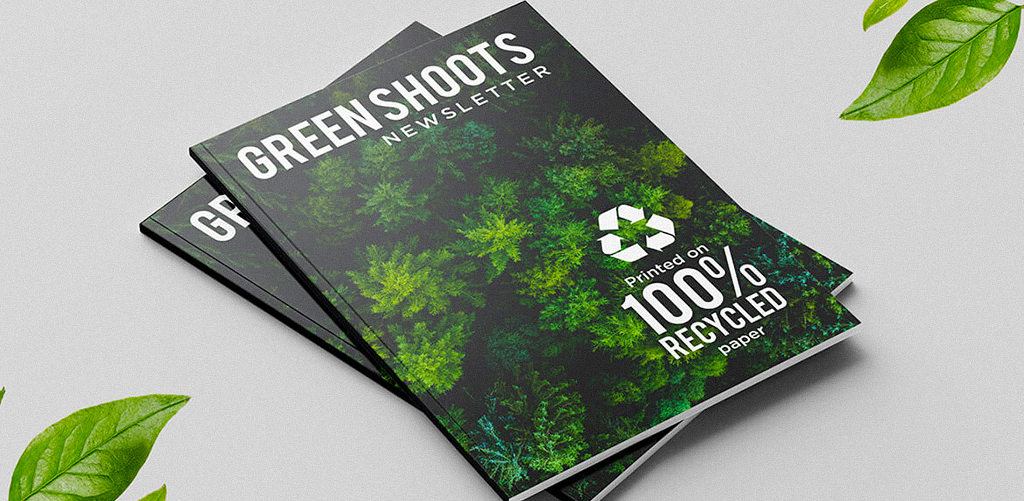
“What if your next big design didn’t just look good — but helped save the planet?”
We live in a world where what you throw away says as much about you as what you wear or buy. From morning coffee cups to online shopping boxes, packaging is everywhere. But with growing environmental concerns, the spotlight has shifted — it’s no longer just about how something looks, but what it’s made of, how it’s printed, and where it ends up.
Welcome to the era of sustainable packaging design — where print media meets purpose. This shift has not only changed consumer expectations but also opened up exciting career opportunities for designers who can combine creativity with eco-conscious thinking. Let’s dive into how brands are transforming their packaging game and why print media designers are suddenly the heroes of this green revolution.
Remember when packaging was all about flashy looks and shelf appeal? That era is fading fast. Today, packaging must tell a brand story while being gentle to the planet. Major players like Apple have redefined their packaging, eliminating plastic in many products and using 100% recycled fiber instead.
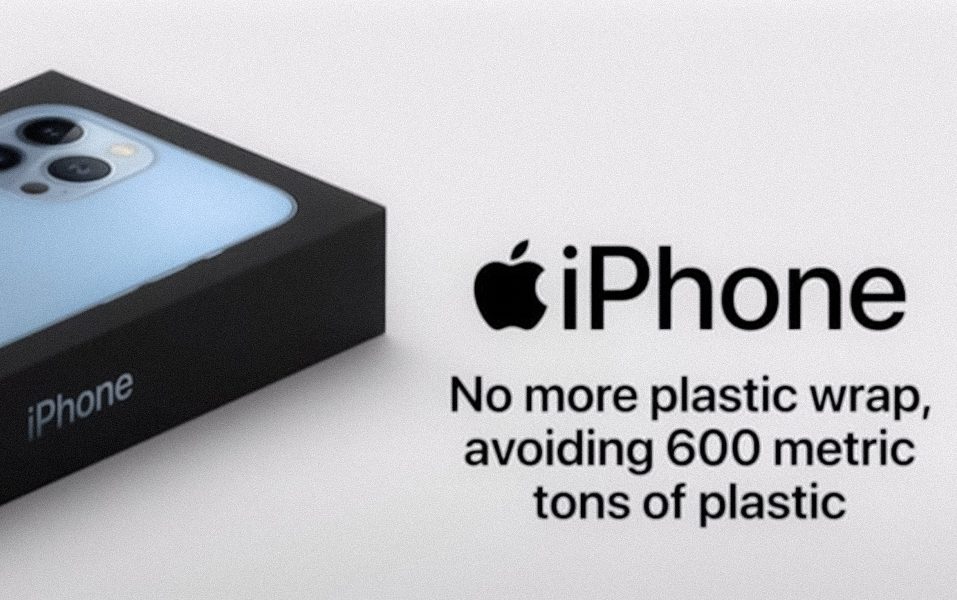
Brands aren’t just doing this out of goodwill — consumers are demanding it. A Nielsen report showed that 73% of global consumers would change their buying habits to reduce environmental impact. That’s why sustainable packaging has become the new design goldmine.
Here’s where it gets exciting: brands are hiring print media designers like never before. Why? Because creating eco-friendly packaging needs more than a switch to paper — it needs strategic thinking, material knowledge, and visual storytelling.
Take The Body Shop, for instance. Known for its eco-ethics, the brand uses recycled plastics and refill stations to cut down on packaging waste. Their printed labels use minimal ink and are often made from biodegradable materials — making it a go-to example for sustainable print design in beauty packaging.
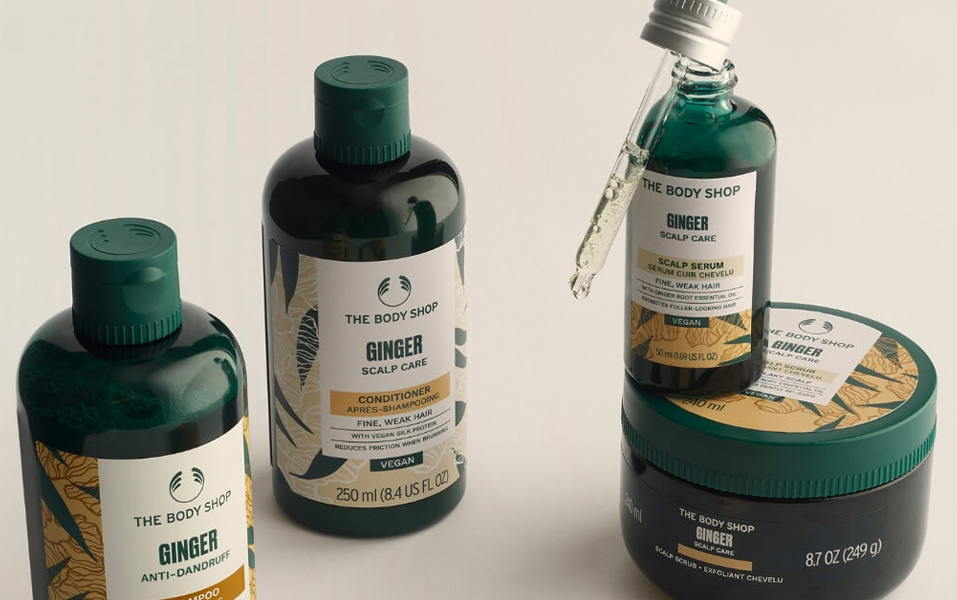
This rising demand means designers with knowledge in sustainability, material sciences, and visual communication are being snapped up by top brands.
And this is exactly where JD Institute’s Communication Design course bridges the gap — teaching students not just the aesthetics but also the science and purpose behind responsible packaging.
Sustainability doesn’t mean boring. In fact, it’s pushing creativity like never before. Designers are turning trash into treasures — literally. Look at Notpla, a brand that designs seaweed-based packaging for food. Their print work is minimal, innovative, and always on-brand.
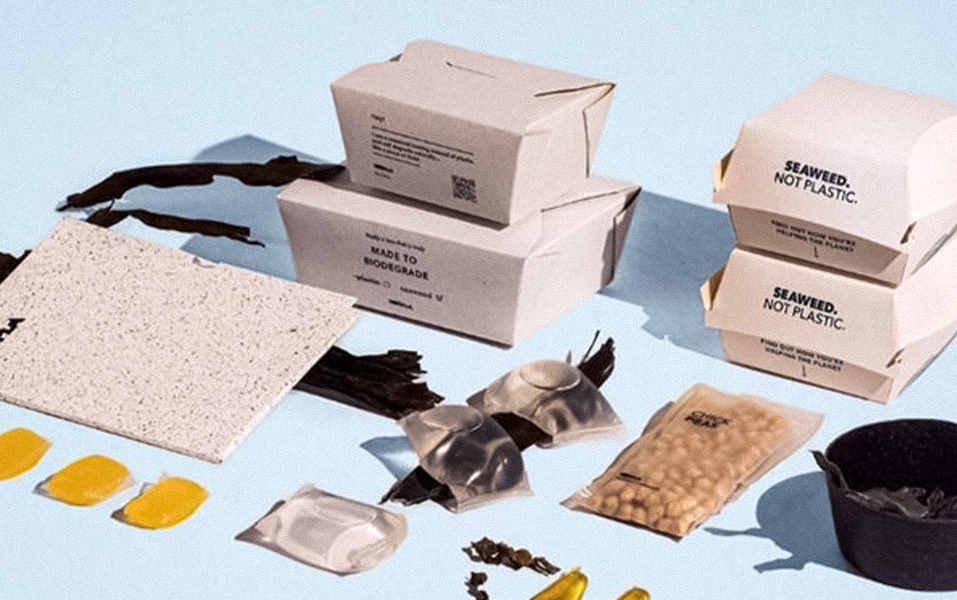
Print designers are now learning how inks, adhesives, textures, and even folds affect a product’s recyclability. That’s a lot more than color palettes and fonts — it’s about building a greener tomorrow, one layer at a time.
Today’s packaging does more than protect a product — it tells a story of sustainability. Think of Patagonia’s packaging — clean, raw, recycled, and with clear messaging about their environmental commitment. The packaging itself becomes part of the brand’s activism.
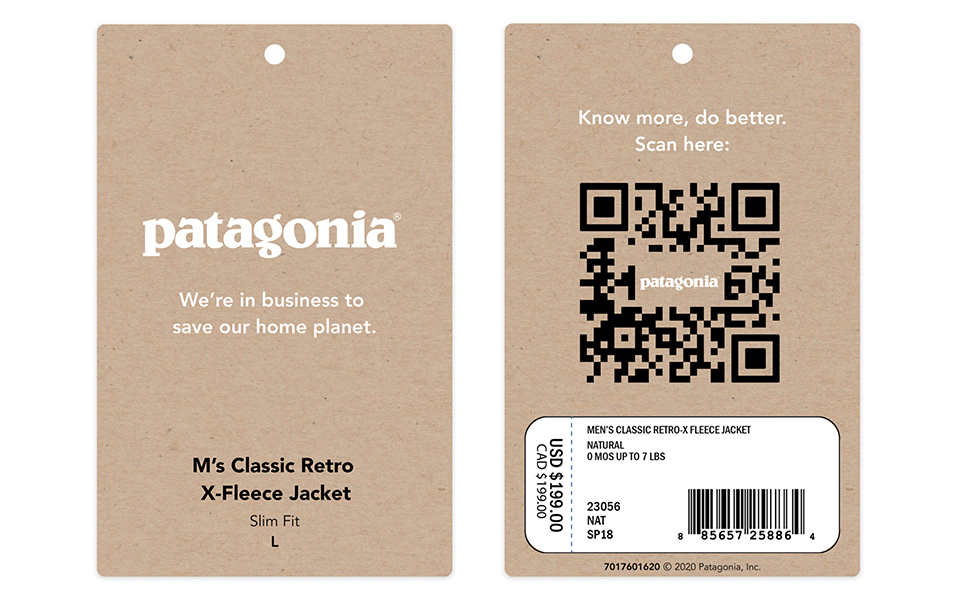
Designers in this field need to know how to weave a narrative visually, and that’s where Communication Design education plays a huge role. At JD Institute, students dive deep into branding, material culture, and user behavior — crucial tools for mastering the art of eco-storytelling.
Innovation is exploding in this space — with new biodegradable materials like mushroom leather and sugarcane pulp hitting the design world. Companies like Coca-Cola have introduced bottles made from plant-based materials, needing entirely new label and print design strategies.
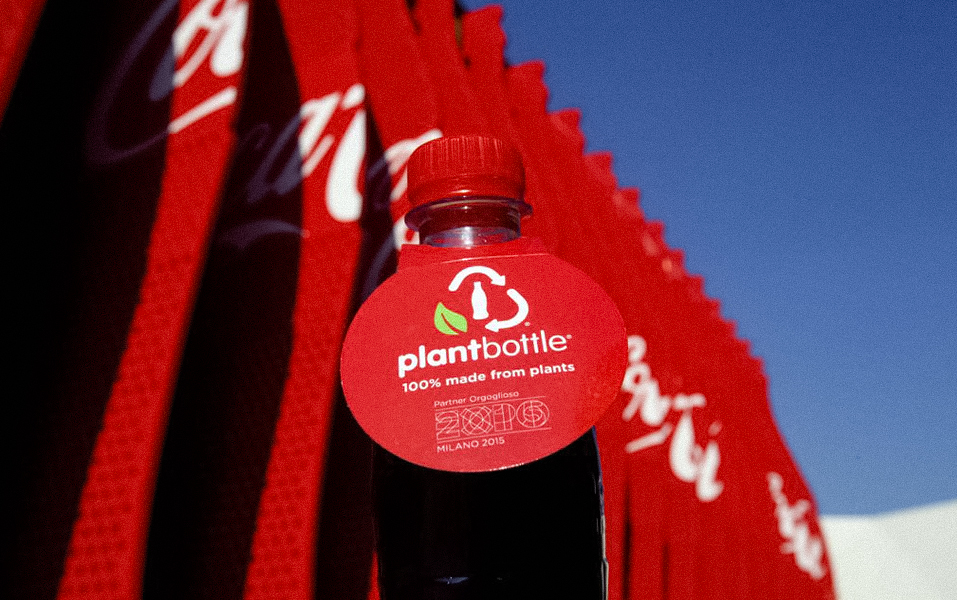
This is no longer a niche. It’s the future of print media in packaging, and designers who can adapt fast are the ones riding the wave.
So, if you’re wondering where to start, the Communication Design course at JD Institute could be your launchpad. From understanding biodegradable materials to crafting narratives that connect, the course equips you with every skill needed to lead the design revolution.